Policy: De-sexing of dogs and cats
Policy type: Policy
Reference: 9b
Status: Current
Date ratified: November 2018
Policy
The New Zealand Veterinary Association (NZVA) supports surgically de-sexing all cats and dogs that can safely undergo anaesthesia and are not intended for breeding. Surgical de-sexing manages both the significant welfare problems associated with unwanted cats and dogs as well as providing health benefits to individual animals.
Background
To best mitigate overpopulation, all cats that aren’t intended for breeding and are fit to undergo anesthesia should be de-sexed while in the pre-pubertal stage. Pre-pubertal de-sexing in cats is widely regarded as best practice and benefits the welfare of the animal.
The de-sexing of dogs is slightly more complex due to suggestions that certain populations of dog receive greater health benefits from post-pubertal de-sexing. Pre-pubertal de-sexing is supported for the majority of dogs not intended for breeding and fit to undergo anesthesia; however, veterinarians should weigh risks against benefits and consult with owners on a case-by-case basis.
Guidelines
De-sexing procedure
While considered a routine operation, de-sexing cats and dogs is a significant surgical procedure that must only be undertaken by a veterinarian, or a veterinary student under the supervision of a veterinarian.
As with all surgical procedures, the veterinarian must be satisfied that the patient is fit to undergo the procedure, is properly prepared and ensure any anaesthetic risks are identified and managed.
As de-sexing is a painful procedure, analgesia must be included in the planning. Veterinarians are referred to the WSAVA pain management guidelines for examples of drugs and duration of treatments post-operatively.
While ovariohysterectomy is the most common procedure for de-sexing female cats and dogs in New Zealand, ovariectomy is a valid alternative common in Europe with no significant differences in outcomes. There is also no reported increase in the risk of pyometra with ovariectomy.
There are specific populations of owned dogs, in which breed, genetic predisposition and lifestyle factors suggest delaying de-sexing until after puberty may provide a health benefit. Veterinarians should therefore weigh both the risks and benefits of pre-pubertal de-sexing for individual dogs, in consultation with their owners to determine the most appropriate age to undertake de-sexing.
Recommendations
- The de-sexing of unowned animals prior to their sale or adoption from animal control agencies and welfare organisations should be required.
- De-sexing privately owned, non-sheltered cats and dogs should be voluntary.
- Legislation mandating de-sexing of privately owned non-sheltered cats and dogs should be removed, to reduce actions made to evade such laws i.e., avoiding registration and microchipping.
- Steps should be made to incorporate education programmes supporting responsible cat and dog ownership into communities.
Related pages and documents
Member Technical Note: Cat and dog desexing
